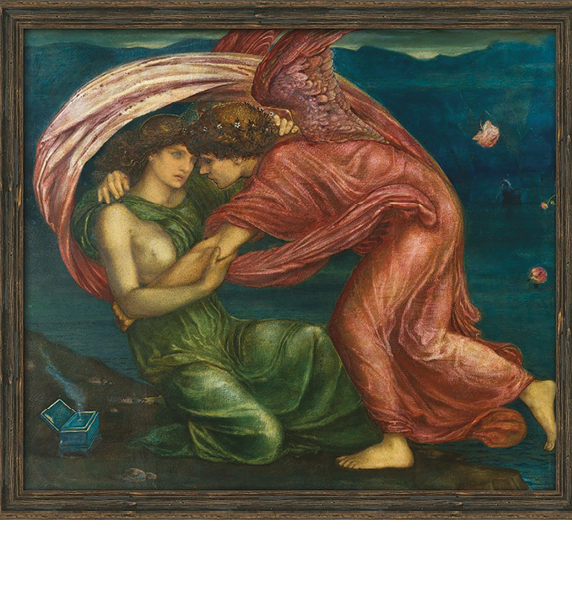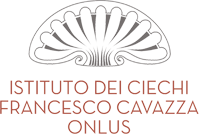Last spring, the San Domenico Museum in Forlì held an important exhibition devoted to the Pre-Raphaelite Brotherhood, whose very name expresses its rejection of “Raphaelism” and of academic classicism. This British group was formed in 1848 by talented young artists such as Dante Gabriel Rossetti, John Everett Millais, and William Holman Hunt. Although the initial impetus was brief, it led to long-lasting esthetic models. In painting, the Pre-Raphaelites sought imitation of nature and a detailed vision of the world in painting by means of an idealized transfiguration of the themes they held most dear, always associated with spiritual content. Their palette was vivid and made of pure colors, as opposed to the cities blackened by chimney smoke. In literature, they sought inspiration for absolute values and the passion of love in an age when the industrial revolution generated a contradictory and socially inequitable modernity.
And yet they were not anachronistic reactionaries: they were the first avant-garde, the first movement to launch the discord of 20th-century European symbolist expressions. They dreamed of re-awakening the spiritual authenticity of Primitive art, drawing inspiration from 14th- and 15th-century Italian masters (especially Tuscan). They identified with the mysticism of Cimabue and Beato Angelico, with the humanitas of Giotto, with the illustrative grandness of Benozzo Gozzoli, but also with the sweetness of Filippo Lippi, with Andrea del Verrocchio and Domenico Ghirlandaio, as well as with the solemnity of Piero della Francesca and with the luminist splendors of Luca Signorelli. Above all, they immersed themselves in the infinite sensitivity of Sandro Botticelli, in whom, to quote Adolfo Venturi, “(…) a fever of joy and of life, hiding a bitter thought, is reflected in agile, nervous shapes, in the suffering languors of the most subtle creator of images that Florentine and Italian painting has ever known, of the most refined poet of 15th-century Tuscany (…).” That sensitivity, translated into an unmistakable esthetic style, was felt by all of them. The dream of Italy and the pre-eminence of Florence was long-lasting and extended to a third generation of artists active in the early 20th century. Pre-Raphaelite painting focused on the female: women with enigmatic sensuality, sad passions, evasive beauty inhabit Dante Gabriel Rossetti’s visual and obsessive thought, di Edward Burne-Jones’s enchanted stories, John Everett Millais’s lenticularism. The Pre-Raphaelite world was nourished by contemporary writers such as William Wordsworth, John Keats, Percy Bysshe Shelley, Alfred Tennyson, and Edgar Allan Poe, and by historical authors such as Dante Alighieri, Giovanni Boccaccio, and of course William Shakespeare. Their works, often set in an imaginary and legendary Middle Ages, echoed a romantic and mythical world based on classical and historical tradition, and dialoged with a rediscovered or recreated past that could justify the present and its hopes, its dreams and protests, its anxieties and nostalgias. Their art derived from culture, intellect, refined esthetics, typical of those who view the world and life with poetic imagination, albeit prone to melancholy. The Pre-Raphaelite’s primitive dream, a reaction to a modernity they distrusted, adopted social themes that induced them to create a strange contamination of idealism, rationalism, and ethics. How else can one explain a group of artists whose idea of modernity was to paint the Middle Ages? But their disguising of the past, on the one hand to escape, on the other to signify the present, remains the sincerest of all romantic aspirations.
Personal services
Assessment of aids and consulting for the blind and visually impaired
Ausilioteca
A place to discover and work with aids to increase personal autonomy.
Limitless
This project, for people over 65, teaches how to use computer tools to make daily life easier.
Educational consulting
Provides support to students, families, and teachers for training needs and inclusive education.
For information:
Tel. +39 051.33.20.90
Email: ausilioteca@cavazza.it - ipovisione@cavazza.it - sce@cavazza.it

.jpg)



.png)